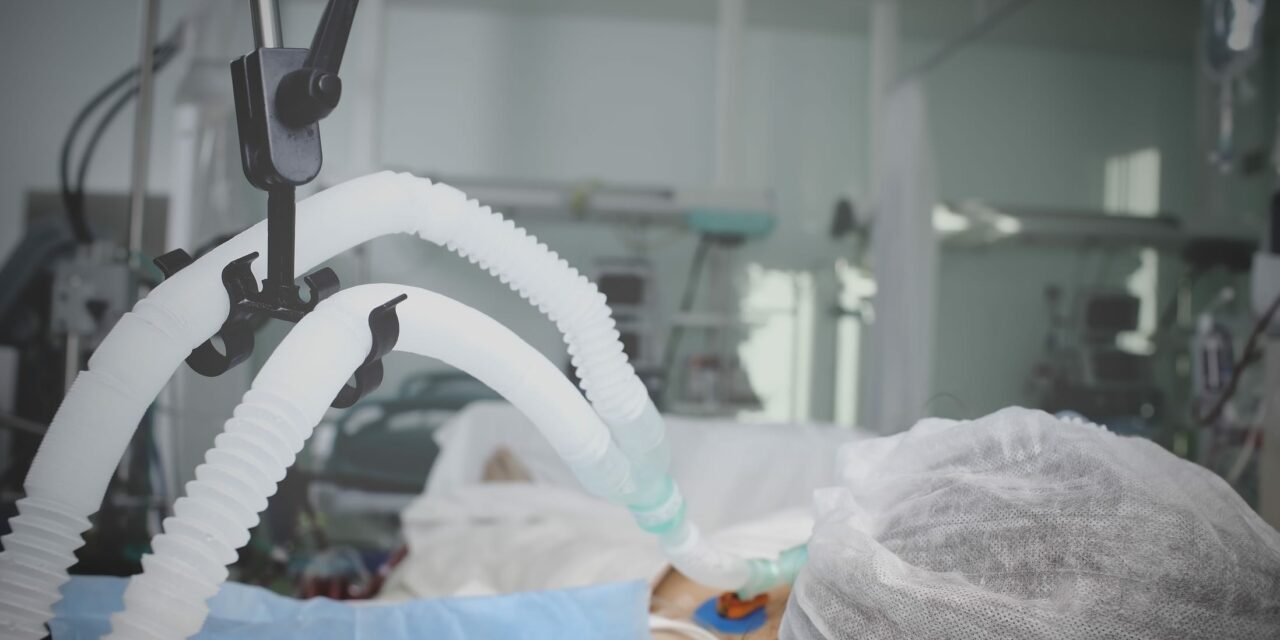Patients with severe COVID-19 requiring mechanical ventilation are 16 times more likely to develop ventricular tachycardia within six months compared to their peers without severe infection, according to research presented at EHRA 2023, the annual congress of the European Heart Rhythm Association, a branch of the European Society of Cardiology.
Researchers found risks of other heart rhythm disorders were also elevated.
“The actual likelihood of developing ventricular tachycardia or other arrhythmias after severe COVID-19 is low for the individual patient but much higher than in those without severe infection,” says study author Marcus Stahlberg, MD, PhD, of the Karolinska Institute, Stockholm, Sweden, in a press release.
The objective of this study was to investigate the long-term risk of arrhythmias after discharge from an intensive care unit (ICU) for COVID-19 requiring mechanical ventilation. The researchers used the Swedish ICU register to identify all COVID-19 patients treated with mechanical ventilation and discharged alive from an ICU between March 2020 and June 2021. Each patient was matched by age, sex, and district of residence with up to 10 people in the general population. Multiple compulsory national registries were used to record new diagnoses of arrhythmias after discharge from the ICU.
The primary outcome was hospitalization with ventricular tachycardia, atrial fibrillation, other tachyarrhythmias, or bradycardia/pacemaker implantation.
The researchers analyzed the risk of developing each arrhythmia in severe COVID-19 patients, compared to those without severe COVID-19. The analyses were adjusted for factors linked with the likelihood of heart rhythm disorders including age, sex, high blood pressure, diabetes, high blood lipids, chronic kidney disease, and socioeconomic status (education level, marital status, and income).
The study included 3,023 patients with severe COVID-19 who received mechanical ventilation at a Swedish ICU and 28,463 individuals from the general population who had not been in an ICU with COVID-19 requiring mechanical ventilation (control group). The average age of participants was 62 years, and 30% were women. “Higher age and male sex are two important risk factors for getting severely sick with COVID-19, and this was reflected in our study participants,” says Stahlberg in the release.
The average follow up was nine months. In patients who had severe COVID-19, the incidence rates per 1,000 person-years of ventricular tachycardia, atrial fibrillation, other tachyarrhythmias, and bradycardia/pacemaker implantation were 15.4, 78.4, 99.3, and 8.5, respectively. Corresponding incidence rates in the control group were 0.9, 6.0, 6.7, and 0.9, respectively.
Compared to the control group, patients who had severe COVID-19 requiring mechanical ventilation had a 16-fold risk of ventricular tachycardia, 13-fold risk of atrial fibrillation, 14-fold risk of other tachyarrhythmias, and nine-fold risk of bradycardia/pacemaker implantation.
“COVID-19 patients who need mechanical ventilation often have other conditions, and adding a heart rhythm disorder may lead to worsened health. These patients should seek medical attention if they develop palpitations or irregular heartbeats after hospital discharge so they can be evaluated for possible arrhythmias,” says Stahlberg in the release.
He concludes: “An increased risk of arrhythmias following COVID-19 has also been reported previously in the bulk of COVID-19 patients not requiring ICU treatment. Together with our new data and taking into the account that we globally have 650 million reported COVID-19 cases, hospital systems should prepare for an increase in patients requiring management for new onset arrhythmias.”










